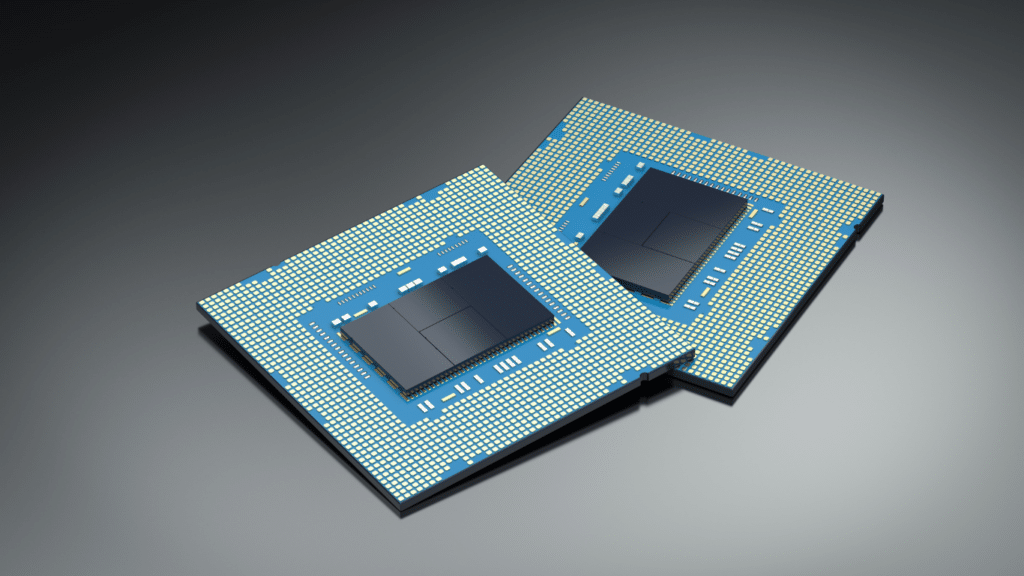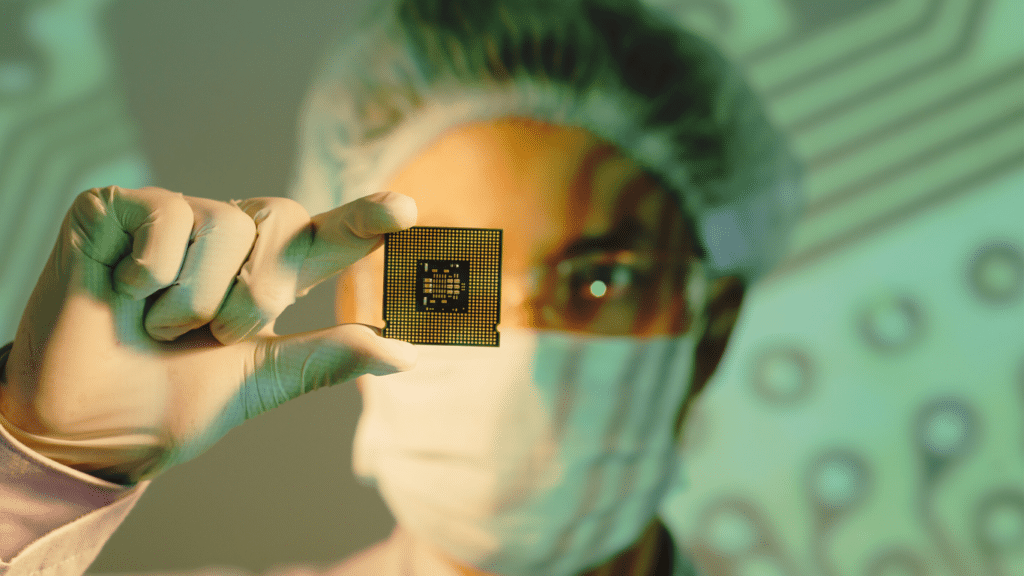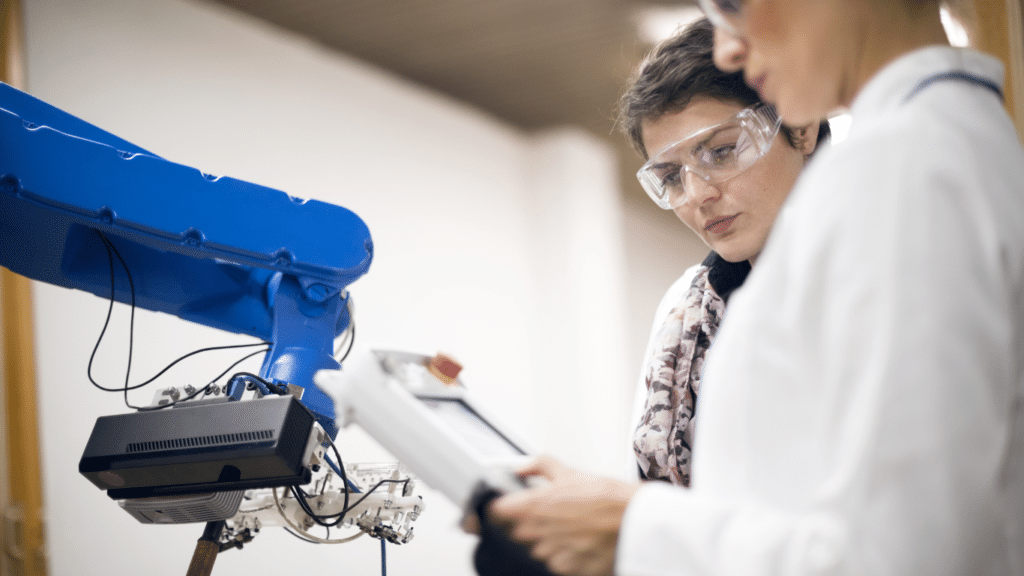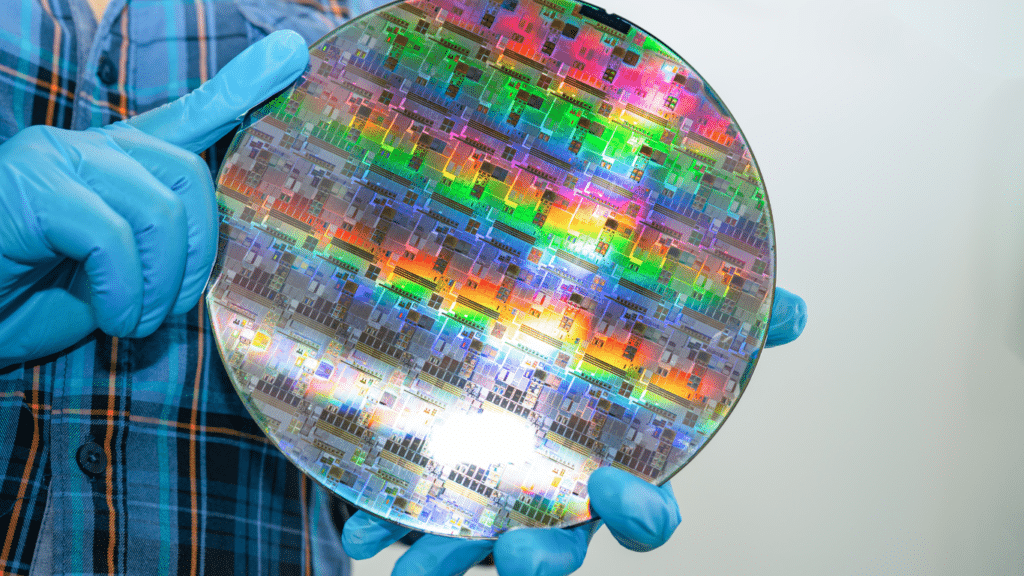Introduction
In the realm of technology, the term “moonshot” symbolises ambitious, exploratory projects that aim to achieve breakthroughs. One such moonshot in Australia is to foster a robust national semiconductor manufacturing industry. This Semiconductor Manufacturing Moonshot seeks to elevate Australia’s role in the global tech landscape while strengthening its technology supply chain.
- The importance of semiconductors: Semiconductors are essential for modern technologies, such as computers, smartphones, artificial intelligence, and defence systems. They are also critical for national security and economic competitiveness.
- The challenges of semiconductor manufacturing: Semiconductor manufacturing is a complex, costly, and competitive process that requires advanced equipment, materials, and skills. It also faces geopolitical risks, such as trade wars, sanctions, and cyberattacks.
- The opportunities for Australia: Australia has some advantages in developing its own semiconductor industry, such as its strong research and innovation capabilities, its strategic location and partnerships, and its potential to leverage its natural resources, such as rare earths and renewable energy.
The Moonshot Vision in Context

The semiconductor manufacturing moonshot in Australia is a strategic, national initiative to establish a sovereign semiconductor manufacturing industry. This bold move aims to position Australia to manufacture chips relevant to the energy, transport, health, IT and defence sectors. Such an industry would enable Australia to execute long-term critical technology strategies in areas such as quantum computing and artificial intelligence.
Semiconductors, the building blocks of modern technologies, are vital to a wide range of devices, from personal communication devices to weapons systems. Every item on the Australian federal government’s List of Critical Technologies in the National Interest relies on semiconductors. Hence, the manufacturing moonshot is a critical venture that contributes to Australia’s national security and technological sovereignty.
The Role of Human Capital in the Moonshot

The success of the moonshot is more than just dependent on technology or financial investments. It also hinges on the availability of a skilled workforce capable of managing the intricate processes involved in semiconductor manufacturing. Australia, like many nations, grapples with a technology talent shortage. Thus, nurturing a local talent pipeline is a vital part of the moonshot journey.
However, addressing this human capital challenge is a task Australia can undertake in collaboration. Lessons can be learned from global policy trends and public-private partnerships (PPPs) that have successfully addressed talent shortages.
Who Makes Microchips in Australia?

The Silanna Group, founded in 2006, is Australia’s only semiconductor design and manufacturing company.
Public-Private Partnerships: A Global Solution

PPPs have emerged as an effective model to bridge the talent gap in the semiconductor industry. They foster a symbiotic relationship between academia and industry, nurturing talent while driving innovation. Governments play a crucial role in this model, providing incentives and funding to stimulate industry investment and collaboration with universities.
Countries like Taiwan, the US, South Korea, and Japan have capitalised on PPPs to attract domestic investment from the semiconductor industry and to develop and safeguard talent. They have been driven by strategic considerations, including supply chain protection and limiting China’s access to semiconductor manufacturing technologies.
Academic Friend-Shoring: A New Trend

One emerging trend in the global semiconductor industry is “academic friend-shoring”. This involves creating partnerships between universities in different countries to develop a shared talent pool. For example, the US and Japan have collaborated on curriculum development in STEM-related areas, attracting investment from major tech companies like Micron Technology Inc., IBM, and Google.
In Taiwan, universities have signed cooperation and student-exchange agreements with Indian institutes of technology. National Taiwan University has also increased scholarship programs for visiting students from Eastern European countries. The aim is to increase the pool of talent available to Taiwanese semiconductor companies.
By aligning with the global trend towards friend-shoring, Australia can tap into a wider talent pool and enhance its domestic semiconductor expertise.
Semiconductor Manufacturing, Design, and Packaging: Opportunities for Australia

The semiconductor manufacturing moonshot presents multiple opportunities for Australia, not just in manufacturing but also in design and packaging.
Australia boasts strong R&D capabilities in semiconductor technologies and related fields. Universities and the CSIRO (Commonwealth Scientific and Industrial Research Organisation) lead in this domain. Australia also leads in quantum technology, which requires advanced semiconductor manufacturing capabilities for scale-up activities.
In addition to R&D, Australia has the potential to participate in advanced hybrid bonding for a new and competitive era of 3D-based chip products. This advanced chip-stacking package technology is particularly relevant to high-performance computing, artificial intelligence, and data centres.
By capitalising on these opportunities, Australia can position itself as a major player in the global semiconductor industry.
Recommendations for the Semiconductor Moonshot

The execution of the manufacturing moonshot requires a coordinated, national approach. Several recommendations can support this endeavour:
- Invest in Talent Development: This includes enhancing semiconductor-related education and training programmes, attracting foreign talent, and developing partnerships with foreign universities.
- Strengthen R&D Capabilities: Australia’s R&D strengths should be capitalised upon. This includes fostering closer collaboration between industry and academia and ensuring university curricula align with industry needs.
- Prioritise Security: As Australia develops its semiconductor manufacturing capabilities, national security considerations must be considered. This includes ensuring the security of leading-edge research and protecting supply chains from potential disruption.
- Leverage Public-Private Partnerships: PPPs should be encouraged to drive investment in the semiconductor industry and foster talent development.
- Create Conducive Policies: The government should create favourable policies to incentivise investment in the semiconductor industry. This includes providing financial incentives and establishing clear investment priorities.
By adopting these recommendations, Australia can successfully navigate the challenges and complexities of its semiconductor manufacturing moonshot. This bold venture will not only position Australia as a global technology leader but also safeguard its national security and economic prosperity.
Conclusion: Australia’s Semiconductor Manufacturing Moonshot
In conclusion, the semiconductor manufacturing moonshot is a bold move that aims to position Australia to manufacture chips relevant to the energy, transport, health, IT, and defence sectors. The success of the moonshot project depends on many factors, including the availability of a skilled workforce, access to financing, and government policy. However, there is no shortage of potential. Through dedicated investments and strategic alliances, Australia can position itself to be a major player in the global semiconductor industry.





This info is priceless. When can I find out more?